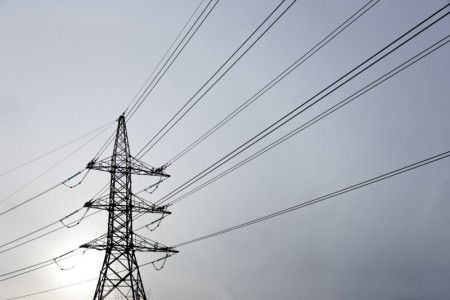
Photo: high-voltage-power-transmission-tower-at-sunset_2-450×300
Four facts about utility transformation – the days of solid growth and margins are over
04 August 2016
This is the first installment of a four-part series of posts on utility transformation by Marcus Törnqvist, Head of Utilities Northern Europe and Central Asia at Ericsson (@MarcusTqvist)*
The current, digital transformation affects utilities fundamentally. But access to electricity is a prerequisite for society and a foundation for the future of both developed and developing countries. The transformation is needed but it places utilities under scrutiny from many stakeholders.
For some time, I have been watching the numbers for utility companies: share prices, revenues, and the electricity price. I was a bit surprised that no-one aggregated these numbers and used them to clarify why the industry is struggling so much. The numbers make it evident that the industry is in turmoil. Utilities are fighting an uphill battle to manage owner, regulatory, and customer demands.
At the same time, the climate effect from electricity consumption must be kept to minimum. The market has been regulated for a long time and market forces are not in full force. Traditional utility companies are struggling–being pushed by environmental regulation, introduction of renewables, and financial distress from investment needs! The truth is that:
Fact 1 – The glory days of solid growth and high margins are over
The wealth of the utilities market has been slashed in recent years. Times of solid growth and high margins are over in Europe. Utility revenues (and share prices) have seen a dramatic negative development in the past 10 years.

In 2005, both EBIT (Earnings Before Interest and Taxes) as well as the ROA (Return on Assets) were quite good. But since then, the figures have been in a steady decline, even if revenues have increased. The number of employees though, is quite stable, indicating that Utilities have not yet taken the measures needed to recover EBIT and ROA.
Too low electricity prices?
In the 10-year period we are looking at, prices have been fluctuating, but the brutal fact is that average Nordpool spot price is the same in 2014 as in 2005. The long term price development is following the same pattern in most other European countries.
It’s not farfetched to say that the power utility industry is in distress, due to low energy prices and low demand. But my conclusion is that we have so far seen only the start of the change. There is more to come, driven by added pressure from both political bodies and regulators, who are pushing for additional investments to enable distributed renewable energy sources (DRES), flexible demand, decreased greenhouse gas emissions, improved security of supply, and unbundling of the value chain to refine market functions and drive competition.
And we have only seen the start of competition from non-traditional utilities.
Invest and divest
Trying to find remedies, utility companies are investing in assets for more automation, new ICT systems for better efficiency and lower operational cost. Is it too late, someone might ask? Probably for some time is running out.
Others are splitting company structures, divesting non-core business’ to free up capital for investments and to buy time for finding new revenue streams.
What does the future bring?
Transformation often takes more time than most anticipate, but pace of change in the industry will most likely accelerate. In my opinion, there are some likely truths and critical uncertainties that will have a great impact on the industry. In the next installment I will look at Fact 2–Economic growth, even as the use of electricity is declining!
In the meantime, to learn more about this topic, you can download the IDC report from the IDC Summit, Shaping a new utility battleground in the era of IoT.
* This post orginally appeared on Ericsson’s The Networked Society Blog










